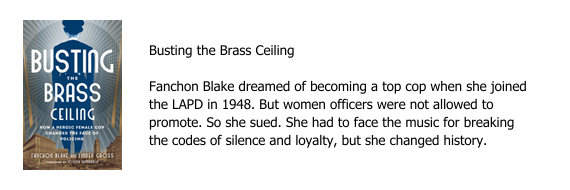In this last section, Part 8, about how to get schools to buy your book—culled from a plan of action created for my friend, client, and associate, Morri Stewart, and her fantasy novel Faltofar—curriculum developer turned creativity coach, Deborah Allen, shares the most common paths she’s seen that have led to the publishing of instructional books and materials:
Several reputable education publishers accept titles from new authors (including classroom teachers). Check out:
- Scholastic
- Evan-Moor
- Jossey-Bass
- ASCD (Association for Supervision and Curriculum Development)
- Kagan
- Eye on Education
Some publishers will only pay a small flat rate; however, this is not the case for the listed publishing houses above.
If those publishing houses are not an option, teachers have done well selling their curriculum and materials as a PDF on TeachersPayTeachers or TeachersNotebook. You may need to have a certified teacher to support this process as I’m not sure how access to the teacher community works. If this sounds viable potentially, I [Deborah] would research whether you need a supporting teacher to gain access to the community, gain reputable visibility and endorsements, and/or both. My concern here would be that you would then have to share profits with the certified teacher endorsing your curriculum unless you negotiate a one-time fee structure with each edition. (You do not need to be a certified teacher to sell curriculum and materials, in general.)
Another path to publishing instructional books and materials is to start your own publishing company. This is worth mentioning because it is teacher-preferred. Start your own business for both publishing and educational consulting services and call it XXX XXX Press and Educational Services. Establish a P.O. box and DBA (doing business as), buy a block of ISBNs, and set up an account with Lightning Source (which does Print-On-Demand printing and handles all book distribution.) Teachers find this to be a relatively simple process that gives them full control over their books and learning materials and cuts out the middleman. The other advantage is that you can do educational consulting and professional development services based on your books, all under one company that you own personally.
Another reason I like starting your own publishing company is that you can use the business name, coupled with book and curriculum materials, to apply to school districts or individual schools. Having all your materials streamlined into one business can add the level of professionalism needed to make the sale.
A third option–and probably the easiest, most common one–is to self-publish using Amazon Direct Publishing (KDP), Smashwords, Lulu, or another self-publishing service. Like starting your own publishing company, self-publishing also cuts out the middleman and maximizes your control and royalties. I don’t know a lot about the companies that offer these services, although I know many authors who have used Lulu and Smashwords, and most are satisfied.
Formatting your book for mobile readers is not optional. You need to do it, and it’s a terrific way to make more money from your books because the delivery cost is so much lower than with print copies. Word amongst publishing teachers is that they were selling more eBooks than hard copies, and each year since the publication date, the ratio of eBook sales to hard copy sales has increased dramatically.
These options for publishing instructional books and materials are certainly not meant to derail any publishing ideas you may already have in place. They’re simply meant to provide insight into the teacher’s perspective on publishing.
Back to Linden:
I hope this eight-part series, which culminated with information about publishing instructional books and materials, helps you to sell your book to schools. I love the idea of unexpected books enriching our children’s curriculum and prompting kids to think.




















0 Comments